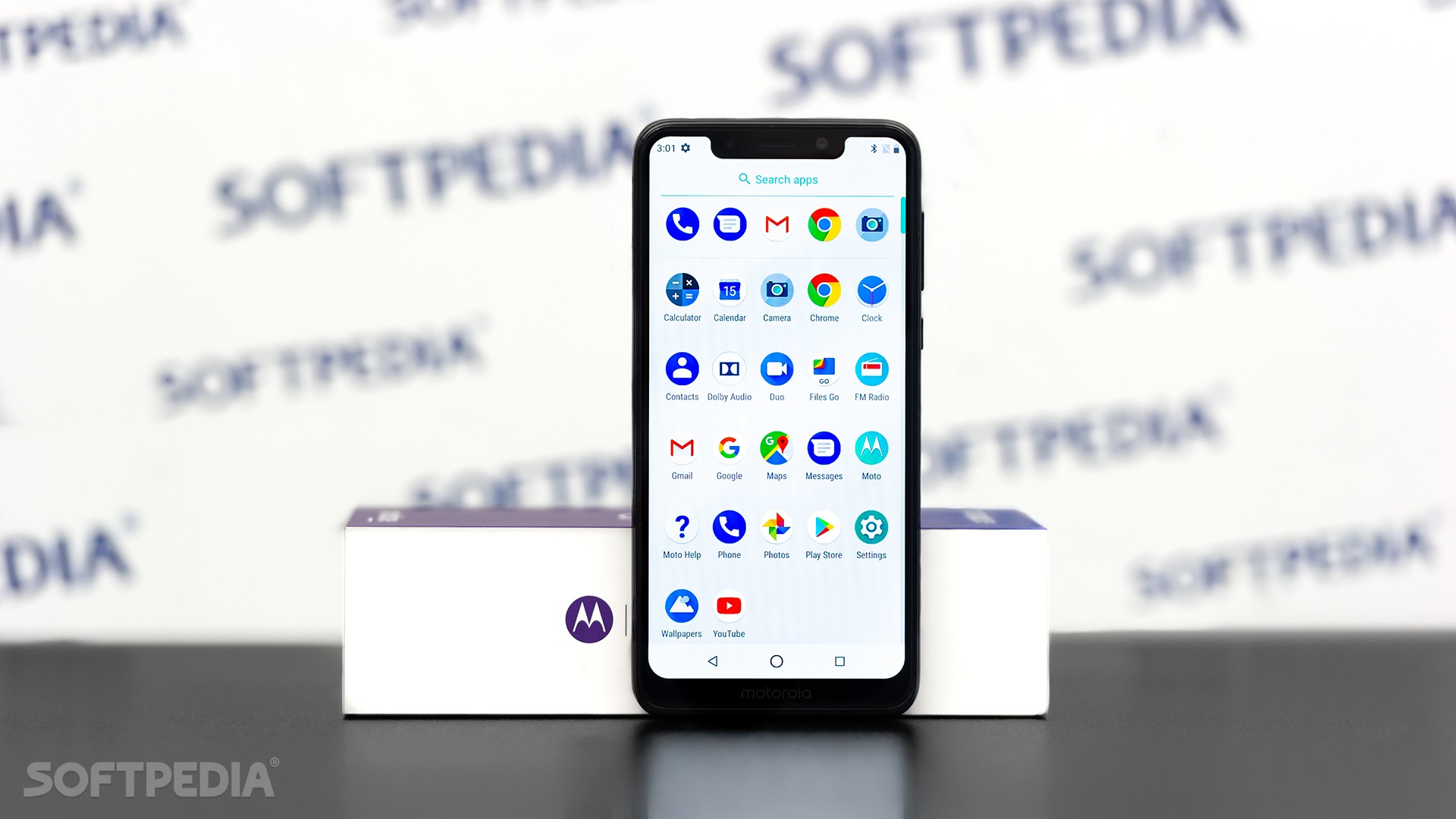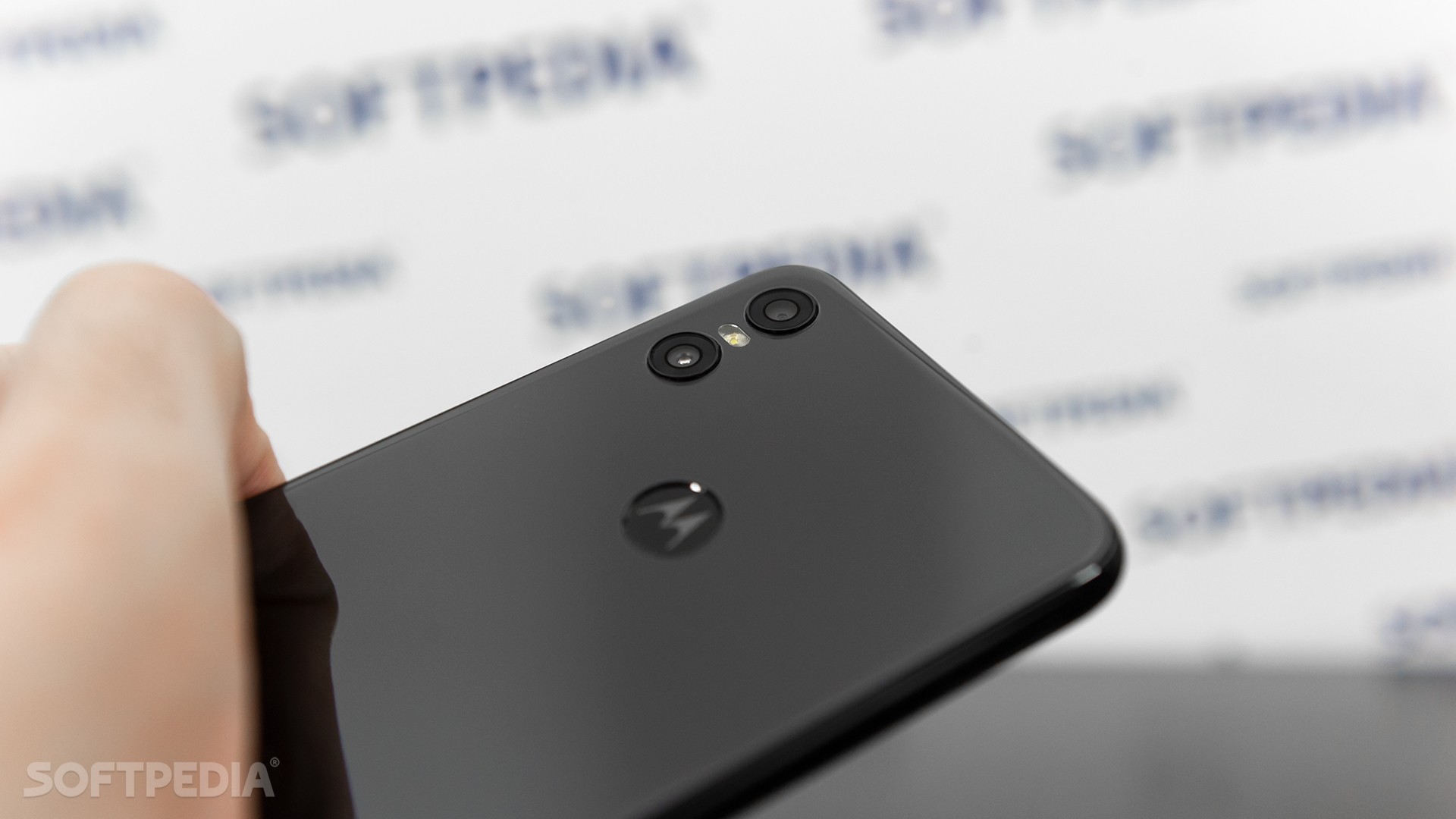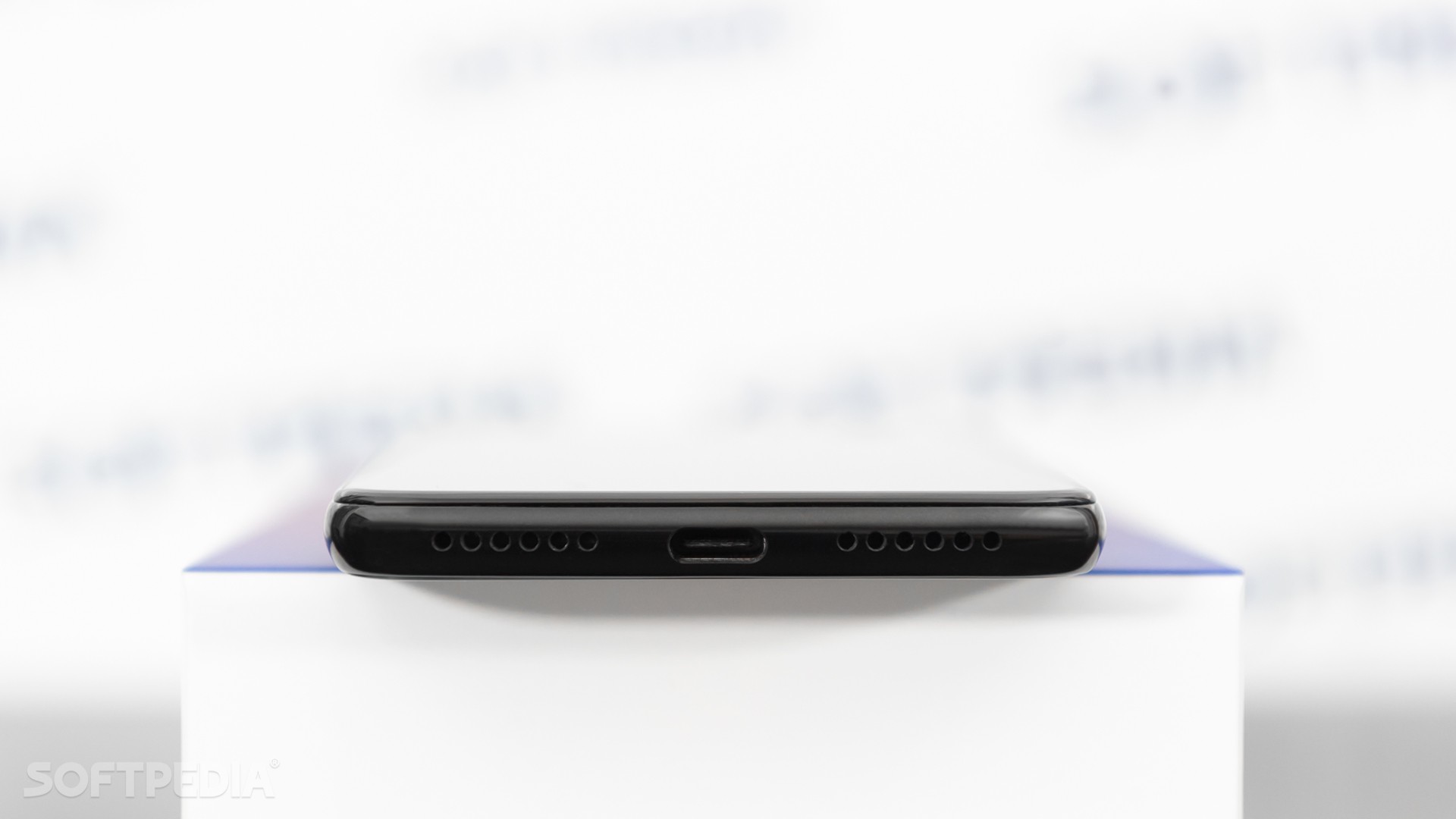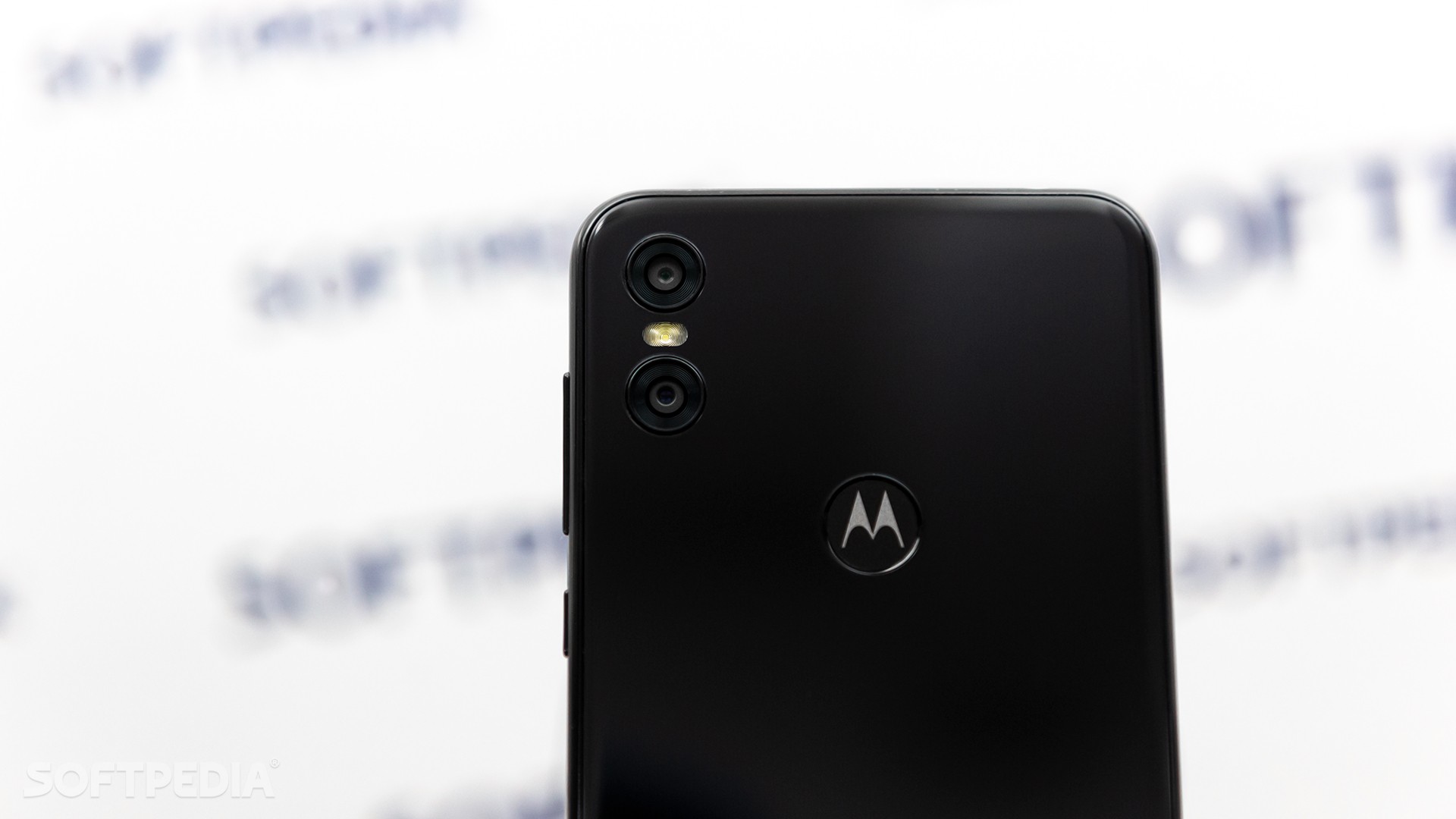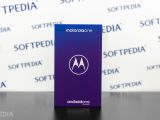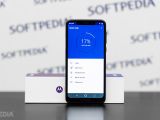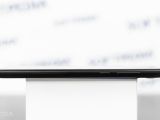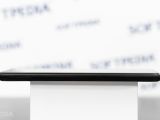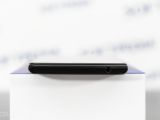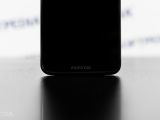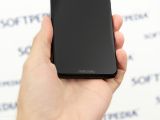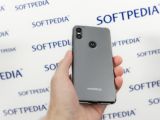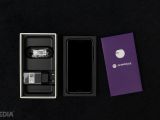While Essential has basically invented the notch, everyone agrees that Apple was the trendsetter here, as the iPhone X marked the beginning of a completely new design era that more and more phone manufacturers seem to embrace.
As a company that’s still trying to find its identity, Motorola just couldn’t stay away from this modern design approach, but it wanted its notched phones to be a little different from the rest of the crowd.
Motorola One is the result of a project that’s supposed to provide us with what the Lenovo-owned brand describes as a smart, secure, and simple mobile experience.
While I’m not trying to provide any spoilers at this point throughout the review, I need to emphasize that I’m typically very doubtful when hearing about such promises. And this time, I had my reasons.
First of all, let’s start with the naming. The moniker Motorola picked for this phone isn’t supposed to suggest this is the number one phone out there, but that it uses Android One.
In case you haven’t heard already, Android One is a special Google program that’s supposed to provide a nearly-stock Android experience for more affordable devices, all without neglecting key things like monthly security updates (because they are essentially part of the secure thing mentioned earlier).
By going for Android One with the Motorola One, Motorola hopes it would kill two birds with one stone. First, the device would offer the raw Android experience that so many people, including me, loves. And then, Android One is a clear indicator as to the purpose of the device. Motorola One isn’t by any means meant to be a flagship, but an affordable device with a compelling feature package.
The look of the phone is surprising, to say the least. I’ve seen quite a lot of iPhone X copycats, but I’ve never seen one that so close to the real deal. Motorola One looks and feels (at least until turning it on) like a genuine iPhone X, and everything about the device seems to be inspired by Apple’s flagship product.
There’s a notch at the top of the screen which uses exactly the design of the iPhone X (and it’s not a phone landing strip, as in the case of the Google Pixel 3 XL), small bezels all around, and a glass back that comes with a vertical camera layout and a fingerprint sensor placed in the center that from certain angles may be mistaken for the Apple logo.
Even the dimensions of the phone are similar to the ones of the iPhone X, obviously with small differences here and there - 149.9 x 72.2 x 8 mm (5.90 x 2.84 x 0.31 inches) for the Motorola One versus 143.6 x 70.9 x 7.7 mm (5.65 x 2.79 x 0.30 inches) for the iPhone X. Motorola’s model tips the scales at 162 grams, while the iPhone X is a bit heavier at 174 grams.
Despite having a 5.9-inch display (versus 5.8-inch on the iPhone X), Motorola One feels in hand just like an iPhone X, and it’s incredible how close this phone gets to Apple’s iPhone in terms of everything.
But obviously, while from certain angles it does look like an iPhone X, this is no longer the case when inspecting the smaller details.
First of all, there’s a headphone jack on the Motorola One. But because Motorola wanted the lower part of the screen to resemble the one of the iPhone X, the audio connector is placed at the top in a position that I’m not a big fan of. However, it serves its purpose very well and at least you still get a 3.5mm audio port.
The lower part comes with two speaker grilles and just one actual speaker. It’s all about the design because the Motorola One doesn’t offer stereo sound. The working speaker is located at the bottom, so be careful when playing games or watching videos in landscape mode because you may accidentally cover the grille and thus kill the sound.
The notch itself shows just how much Motorola wanted to be a part of this new design push. Motorola One lacks facial recognition, so it really doesn’t need a notch. But because all the cool guys have one, Motorola didn’t want to be left out of the notch party.
But while in terms of looks, the Motorola One may seem like a worthy iPhone X rival, it all comes to an end when checking out the spec sheet. Because, after all, Motorola didn’t want to build a flagship, but a low-end to mid-range model that in some regards gets closer to the premium market.
The device comes with a 5.9-inch LCD screen with a 79.2% screen-to-body ratio (down from 82.9% on the iPhone X), so it actually has bigger bezels that Apple’s model. The worst thing, however, is that the screen has a resolution of 720 x 1520 pixels, which given its dimensions, translated to a 287 ppi pixel density. While on paper this may not seem such a terrible thing, you’re going to notice the low resolution when watching videos or playing games. In day-to-day usage, this isn’t a major drawback, but it’s certainly noticeable in those areas where a high-quality display unleashes its full potential.
The display is protected by Gorilla Glass and is most of the time very responsive, though I noticed that in low temperatures, its reaction time is more or less reduced. This shouldn’t be such a big problem, however, since you’re not supposed to use it at the North Pole, but keep this in mind if you want to use the phone outside on cold winter nights.
Motorola picked a Snapdragon 625 processor for this phone, and it paired it with 4GB RAM and 64GB storage. An Adreno 506 GPU chip is also offered. In real life, this mix is just what you need for the typical average Joe usage, but for anything more, like hardcore gaming, you’ll certainly feel its limited power.
Again, this isn’t a phone that’s supposed to run like a flagship, so it’s perfectly normal to be limited in some areas. The Snapdragon 625 is one of the best mid-range processors and it offers a good balance between power and battery efficiency, so I think Motorola made the right call by choosing it. Plus, it’s paired with 4GB RAM, which is the same amount that Google used on the Pixel 3, so the Lenovo-owned brand is really offering good value for the money here.
Other features include the fingerprint reader on the back, which most of the time works, but there are also moments when it fails, the USB-C connector, Bluetooth 5.0 (yes!), NFC for wireless payments, and microSD card support.
As for the battery, Motorola One comes with a 3,000 mAh unit which is enough to get you through the day, but if you’re a hardcore user, that may not be the case. And yet, this isn’t really a problem because the device features 15W fast battery charging, which is impressively fast, offering up to 50 percent of battery in 20 to 30 minutes.
In terms of cameras, the device once again shows its low-end to mid-range ambitions. It uses a dual-camera configuration on the back with 13-megapixel, f/2.0, 1.12 um sensor paired with a secondary 2-megapixel, f/2.4, 1.75um sensor for added depth. Basically, the camera can take good shots if you have plenty of light around, but other than that, every photo is full of noise and every little movement generates a painful amount of blur.
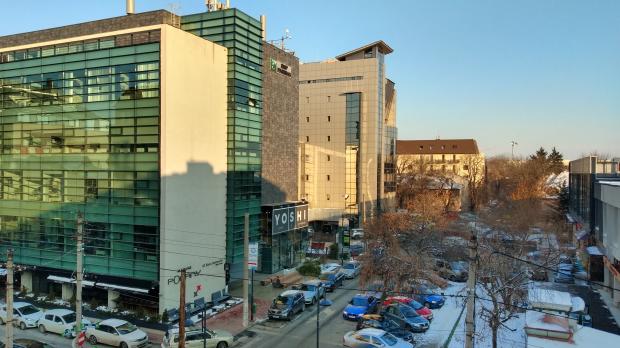

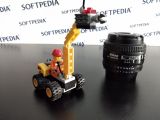
The depth sensor provides mix performance as well. It’s supposed to be particularly useful when taking portrait photos, but there are moments when the added blur just covers the subjects in areas where it wasn’t supposed to do it. It’s a nice gimmick on paper, but it certainly needs more refinements.
Overall, the bottom line for the camera is that it’s a decent configuration for moments with enough light, but if you’re thinking of using the Motorola One for night shots, you better stop here.
When it comes to software, there’s no doubt the star of the show is Android One. And while Motorola also added several of its software goodies on this model, like the always-on feature, let’s talk a little bit about this Android version.
Basically, one of the benefits of using Android One is that every device receives Google’s monthly security updates in a timely manner. For me, this is what really makes a difference between buying a phone and stay away from it forever.
However, my Motorola One review unit is currently running the August 1, 2018 security patch level, not to mention that it’s still on Android 8.1. The device is supposed to get Pie at some point in the future, but given how slowly it receives security patches, I’m really doubtful Android 9.0 would land anytime soon.
So what’s the point of offering Android One if not insisting on one of its major benefits? This is one of the questions Motorola needs to answer, especially because there are customers like me who are truly obsessed about the security of their devices and who wouldn’t buy a smartphone that doesn’t receive timely updates.
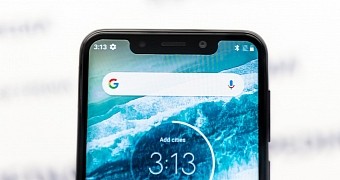
 14 DAY TRIAL //
14 DAY TRIAL // 